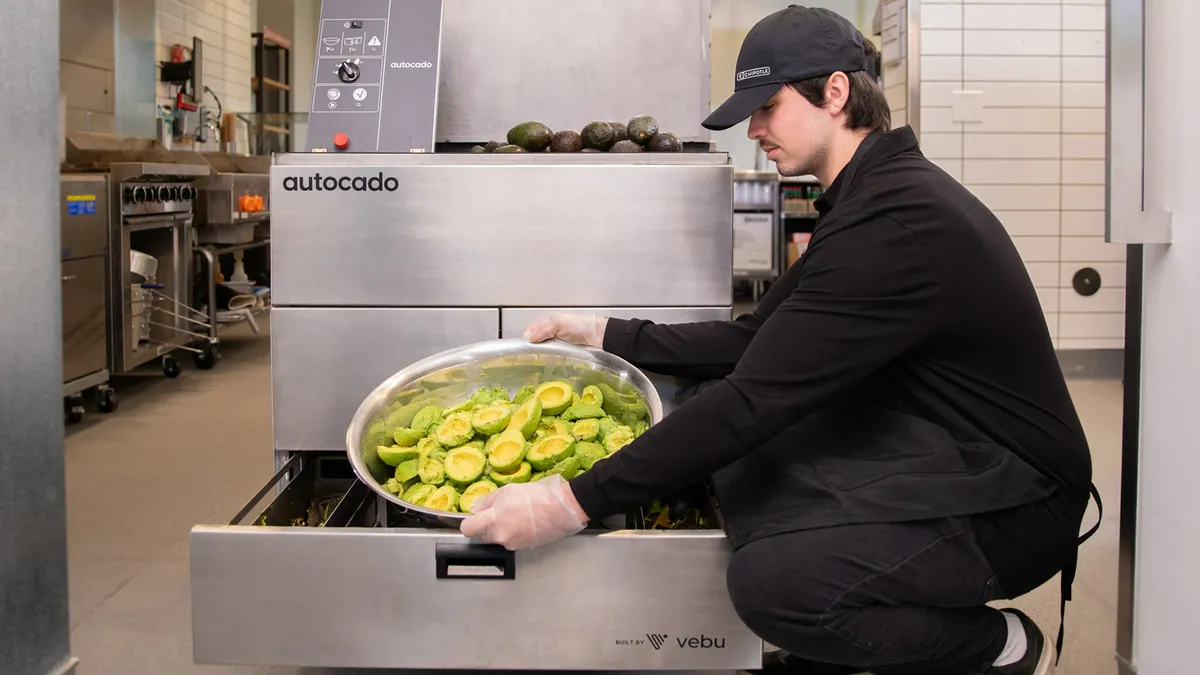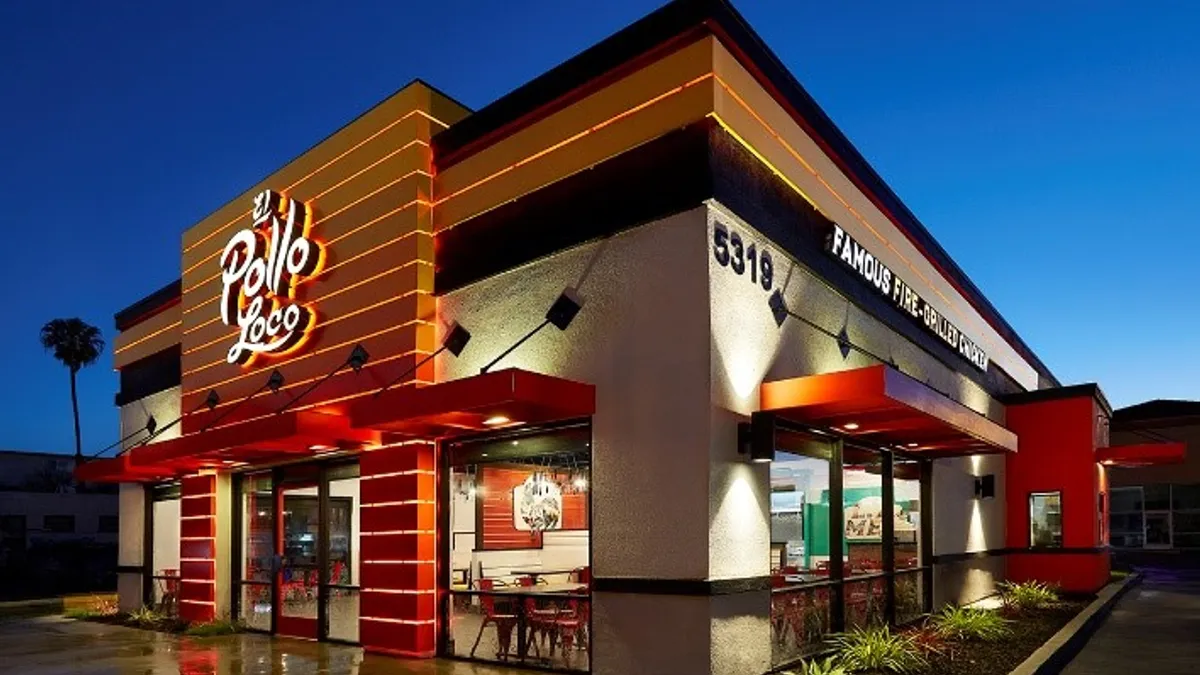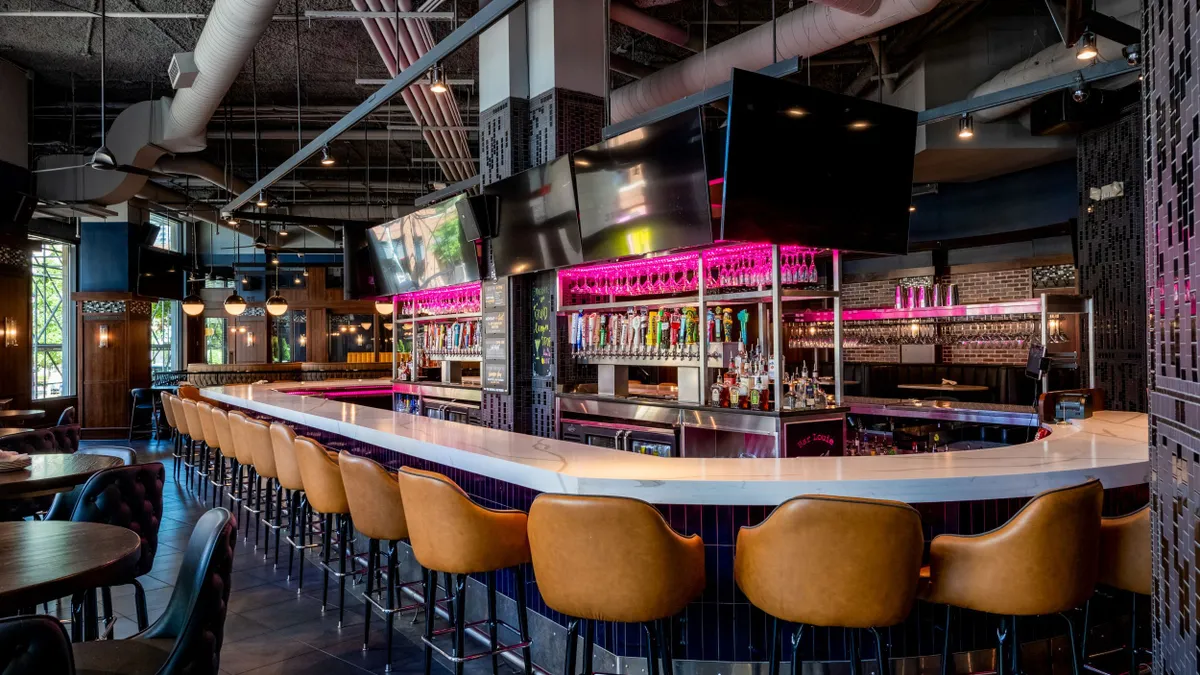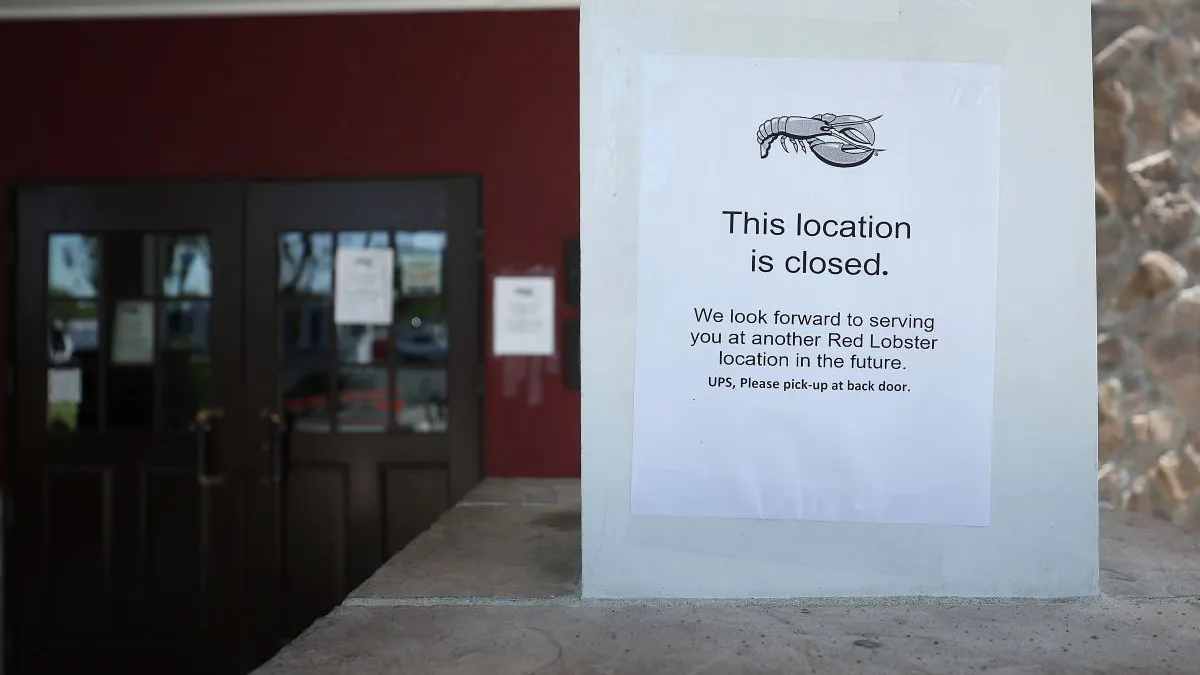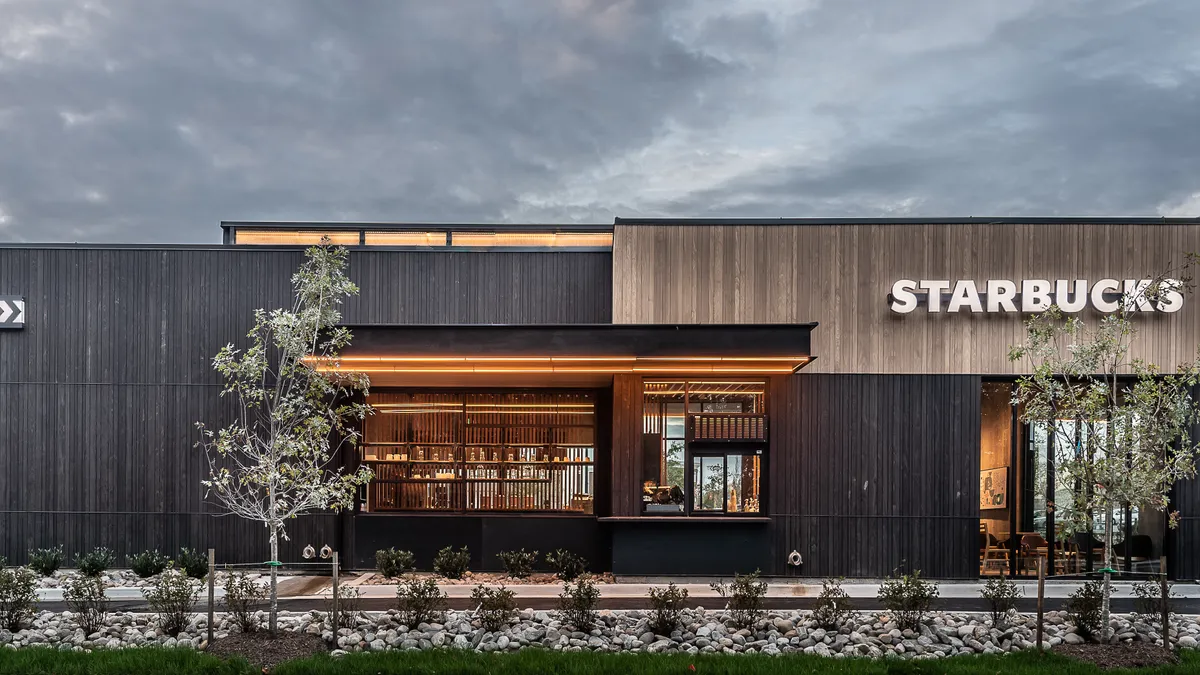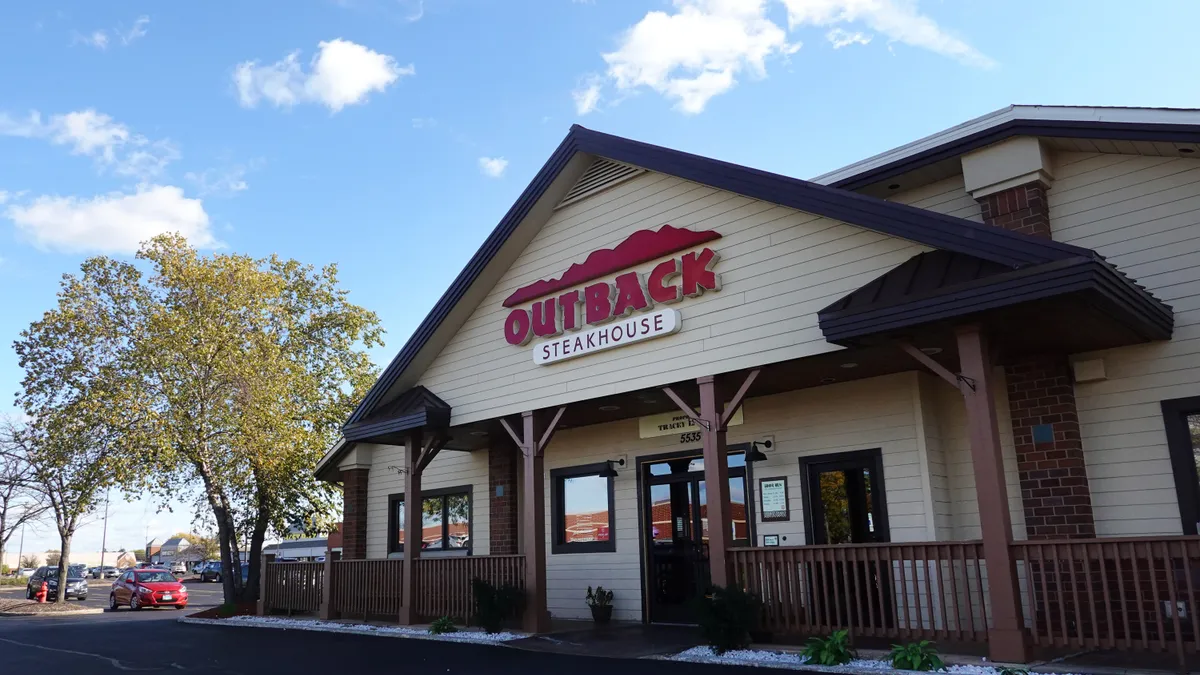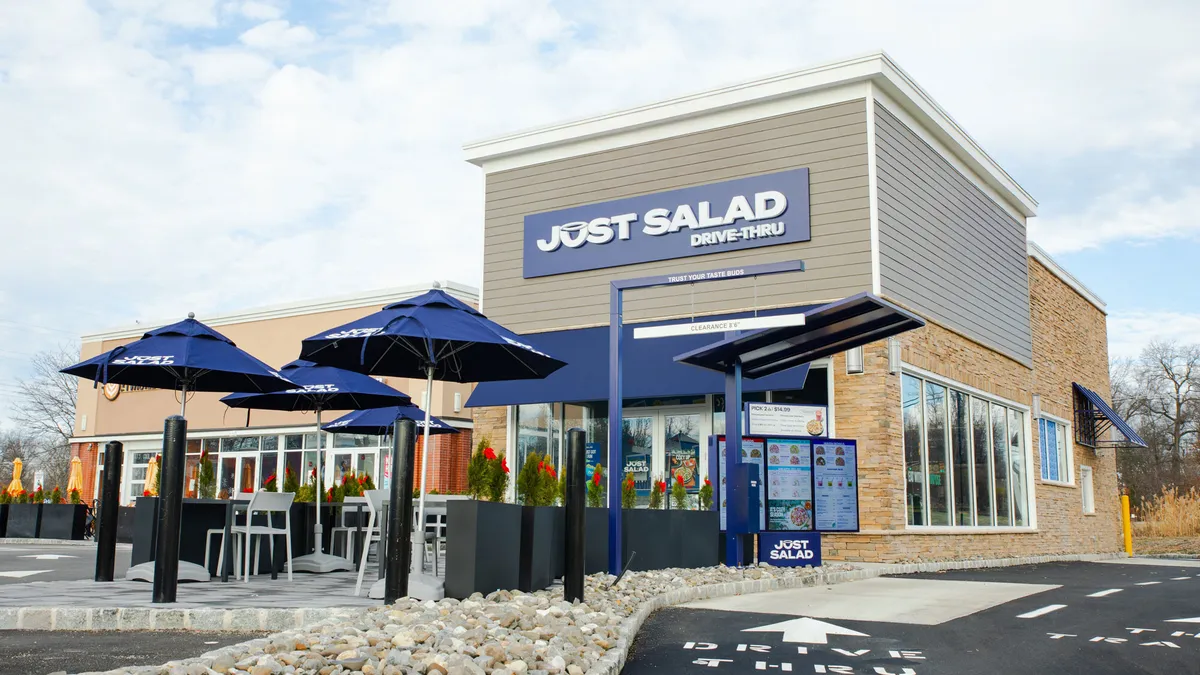From a robot that can peel, core and slice avocados to a dual-sided grill that reduces cook times, Chipotle is finding new ways to speed up service. Throughput has improved, but still remains 10% to 15% below 2019, according to a William Blair report emailed to Restaurant Dive.
Beyond new kitchen equipment, Chipotle is also testing automated kitchen technology and adjusting labor deployment on its makelines. The company hopes this three-pronged operations strategy will improve service times, transaction volumes and comparable sales.
“All of these initiatives have a common goal, which is to improve the in-restaurant experience for our teams and our guests while maintaining or improving upon our high culinary standards,” CEO Brian Niccol said Wednesday during the chain’s Q2 2023 earnings call.
Other limited-service chains, like White Castle, Starbucks and Jack in the Box, are trialing similar technology to bolster their operations.
Not every company is confident in automation’s value proposition, however. Last year, McDonald’s CEO Chris Kempczinski said robots aren’t practical for the vast majority of restaurants. Chipotle, on the other hand, is already finding practical use-cases for its new equipment.
Chipotle same-store sales
New grills cook chicken 66% faster
Chipotle’s dual-sided grill, currently deployed at 10 high-volume locations, can cook chicken eight minutes faster and steak three minutes faster than its standard plancha, a type of flat-top griddle. In tests, these shorter cook times have yielded “faster recovery of freshly grilled chicken and steak, resulting in more opportunity to remain in stock during peak periods, as well as the ability to cook smaller batches, ensuring superior culinary,” Niccol said. The dual-sided grill also allows for more space on its plancha.
“It definitely frees up the capacity, which then allows us to evaluate how we do new menu items and maybe how long we want to keep certain menu items on. And so that is a big unlock for us,” Niccol said.
The grill allows for better cooking consistency and the proteins come out juicier and result in less waste, he said. It also helps simplify a complex task in its restaurant, which makes grilling a more desirable role among its employees, Niccol said. The company has received positive feedback from staff and customers during testing of the grills.
“I'd say the biggest benefit … is when the restaurant opens at 10:30, you don't have to start cooking chicken at eight in the morning,” Niccol said. “We can be ready for that lunch business closer to the timing of lunch because it just takes a lot less time to cook all the chicken.”
Niccol added that its grill manufacturer has the capacity to scale once Chipotle decides to deploy the equipment at more restaurants.
“With $1.8 [billion] in cash and manufacturing capacity at the ready, we believe Chipotle could aggressively roll out these grills in the near future,” analyst firm BTIG said in a report emailed to Restaurant Dive.
Chipotle is also piloting new rice cookers, which eliminate large rice pots, in its new restaurants. The cookers streamline the cooking process and create more consistency and higher rice quality, Niccol said. These cookers can make single batches of rice, which means faster recovery time and less waste during non-peak times. They also allow for the cooking of white and brown rice at the same time. Thes chain plans to add the equipment to 200 existing restaurants this year, he said.
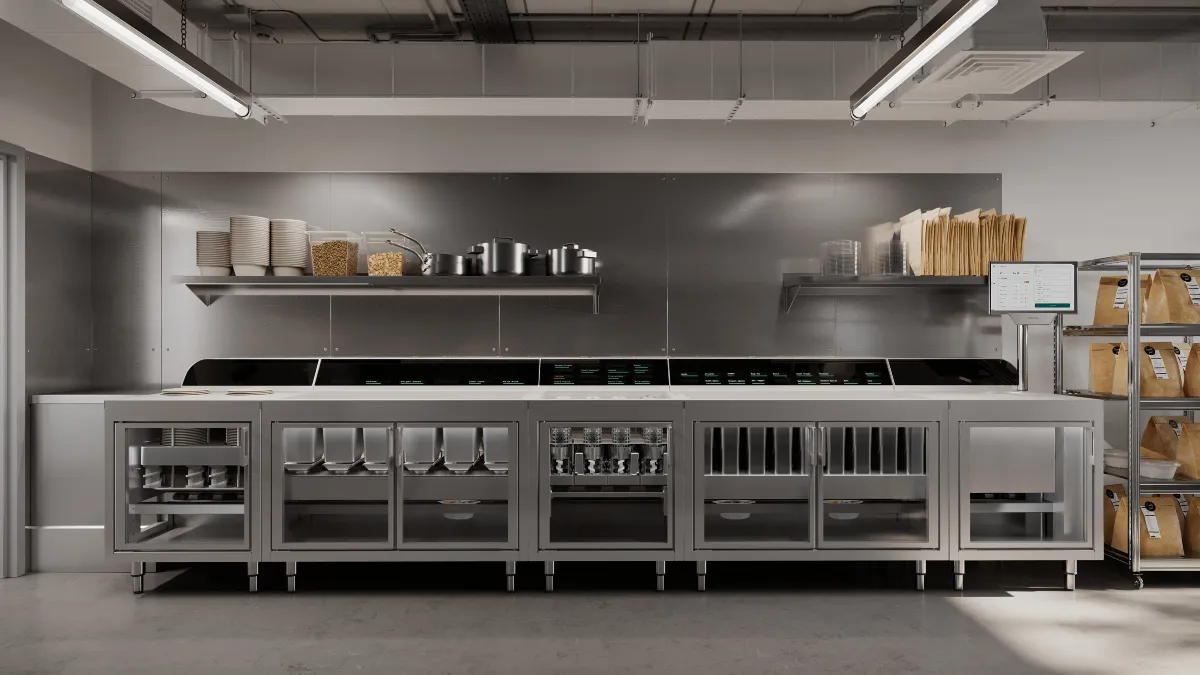
Automated makelines and avocado robots poised for deploy
The company is using its Cultivate Next program, a $50 million investment fund, to develop and deploy automation that eliminates pain points in its restaurants, Niccol said. It most recently invested in Vebu, a robotics company, that makes an “autocado” robot, which can cut, core and peel up to 25 pounds of avocados at a time and could eventually halve the time to make guacamole from 50 minutes to 25 minutes.
“The [robotic] prototype saves time and eliminates a less favorable task, but still allows our teams to hand mash our signature guac,” Niccol said.
Chipotle is currently testing automated makeline technology from Hyphen, another company it funded via Cultivate Next. The company is evaluating how many bowls it can prepare in 10-minute increments with Hyphen, and how accurate those bowls are. Chipotle is also monitoring how well the automated makeline can prepare customer orders in the correct order, Niccol said. The chain expects to deploy Hyphen prototypes in restaurants within the next 12 to 18 months.
“This system could have the ability to revolutionize operations over the coming years,” BTIG said in a report emailed to Restaurant Dive.
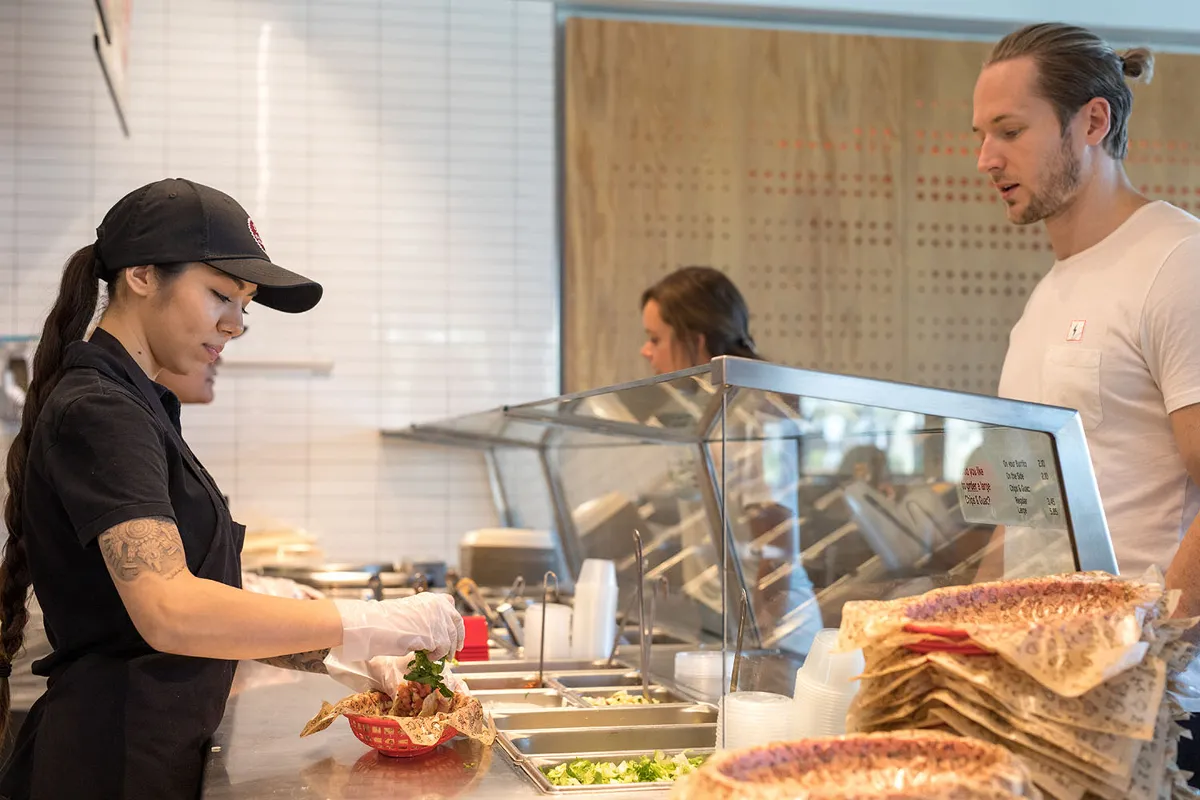
Smarter use of staff could boost throughput
In addition to automation and new kitchen equipment, Chipotle plans to focus on labor efficiencies to improve throughput. Later this year, the chain will ensure that there is proper staff deployment along the front line during peak periods. Oftentimes there have been three employees on the makeline compared to the minimum of four. The fourth person, usually the expeditor, often leaves the line to help with the digital makeline — a trend Chipotle wants to reverse.
“Our focus will be on coaching the expeditor to stay on the front line and to bring together the items and in order and communicate them to the cashier as alleviating this bottleneck is critical for delivering great throughput,” Niccol said.
The company wants to optimize its digital makeline during peak pickup times. It has been testing changes to order cadence in different markets that don’t require someone from the front makeline to help on this secondary line. At those pilot locations, Chipotle is recording improvements to throughput in both lines and improved times on the digital line, Niccol said.
“We remain confident that balancing the deployment between the front and digital makelines, along with continuous training and reps, will further drive improvements in throughput,” Niccol said.
A group of New York City restaurants have already been using this labor model with an expeditor staying on the front line. This has helped participating units improve throughput and boost comparable sales above the company’s average, with some outperforming regional averages.
“They are executing every element of our throughput … with excellence. As that happens more consistently across … more restaurants, we anticipate we're going to see increases both in traffic and total comp.”



